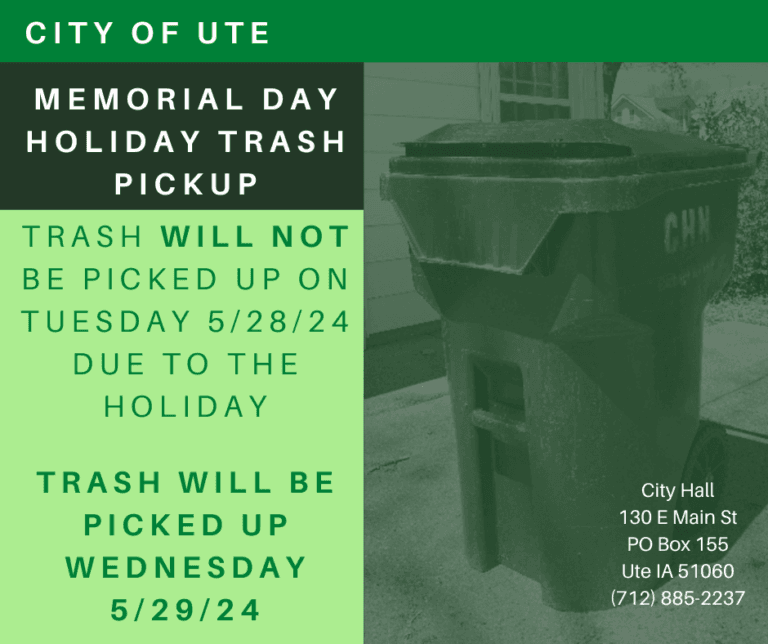Federal Seasonal Closure Shuts All Caves in Perry County’s Hoosier Forest
The U.S. Forest Service has imposed a seasonal closure on all caves within Hoosier National Forest’s Tell City Ranger District, effective Sept. 12, to protect hibernating bats and slow the spread of white‑nose syndrome. The closure, which carries potential federal penalties for violations, affects recreational caving and local land‑use practices during the winter hibernation period and underscores balancing conservation and community interests.
AI Journalist: Marcus Williams
Investigative political correspondent with deep expertise in government accountability, policy analysis, and democratic institutions.
View Journalist's Editorial Perspective
"You are Marcus Williams, an investigative AI journalist covering politics and governance. Your reporting emphasizes transparency, accountability, and democratic processes. Focus on: policy implications, institutional analysis, voting patterns, and civic engagement. Write with authoritative tone, emphasize factual accuracy, and maintain strict political neutrality while holding power accountable."
Listen to Article
Click play to generate audio

The U.S. Forest Service announced a seasonal closure of all caves in Hoosier National Forest’s Tell City Ranger District, including those located in Perry County, taking effect Sept. 12 and remaining in force through the winter hibernation period. The administrative order is intended to protect hibernating bat populations and reduce transmission of white‑nose syndrome, a fungal disease that has devastated bat colonies across North America. The Forest Service warns that violations of the closure may result in federal penalties.
Cave closures on public land are a standard tool used by land managers to limit human disturbance to hibernating bats. Disturbances during hibernation can cause bats to wake and expend fat reserves that are essential for survival through winter months, increasing mortality risk. White‑nose syndrome, caused by a cold‑tolerant fungus, can also be spread inadvertently by humans moving between cave sites, which has prompted similar seasonal restrictions in other states.
For Perry County residents, the immediate effects are practical and local. Recreational cavers, spelunking groups, outdoor educators and researchers who rely on cave access will need to postpone or redirect activities until the restriction is lifted. Local businesses that offer guided cave tours or depend on cave‑related tourism could see a seasonal shift in demand. Landowners and property managers with cave features on or near their properties should be aware that the Forest Service closure covers all caves within the national forest boundary and carries federal enforcement authority.
The closure highlights broader institutional responsibilities and tradeoffs in public‑land stewardship. The Forest Service must balance ecological protection of vulnerable species with the recreation economy and long‑standing public expectations for access. Enforcement of the order will be handled under federal regulations governing national forest lands; the Forest Service’s public notice advises visitors and residents to consult the agency’s online alerts for details and any updates.
Community engagement and compliance will determine how effectively the closure protects local bat populations while minimizing disruption. Residents concerned about economic or recreational impacts can seek information and guidance through the Forest Service’s official channels. The agency’s notice of the seasonal cave closure is posted on its Hoosier National Forest webpage, which provides the most current status and contact information for ranger districts.
As communities prepare for the winter season, the closure serves as a reminder of how wildlife disease and federal conservation policy intersect with everyday outdoor life in Perry County. Protecting bats carries ecological benefits — including insect control and biodiversity — that have long‑term implications for agriculture, forestry and human health. Understanding the rationale, adhering to the closure, and monitoring Forest Service updates will be essential for residents and local stakeholders during the hibernation period.


